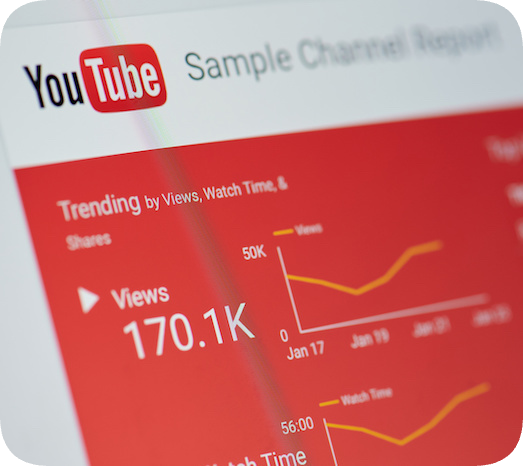One of the reasons why many content creators are drawn to YouTube is the money they can make from advertisements. Brands buy ads that roll before or during videos, and creators get a share of that revenue based on the number of views. The more views and subscribers a channel gets, the more ad dollars the creator can get. YouTube handles all the ad sales, so creators don’t have to spend time negotiating directly with brands like they do for sponsored content or affiliate links.
But there’s also a downside to making money through YouTube ads: the algorithm. Like other social media platforms, YouTube uses a recommendation algorithm to analyze a user’s past behavior and create personalized content feeds, which often prioritize posts that generate more engagement, likes, and shares. As a result, creators feel pressure to chase the algorithm to stay visible instead of making the content that attracted their core audience in the first place. “Having a business that is reliant on ads is very unstable and very unpredictable,” said Zach Kornfeld, co-founder of Try Guys, one of YouTube’s most established creator groups. “There’s so much that’s out of your control … And it also forces you creatively to constantly optimize for things that are not always in your audience’s best interest.”
The Try Guys, who make videos about trying new experiences, have more than 8 million subscribers and 2.7 billion views on YouTube. To get away from relying on advertising revenue and algorithms, Try Guys launched their own subscription service called 2nd Try. Subscribers pay $5 per month for ad-free streaming video and exclusive access to new content. The team says that 2nd Try is on track to reach profitability: after the first three months, revenue from paid subscribers makes up about 20 percent of Try Guys’ total sales. The goal is to build 2nd Try into their biggest income stream alongside merchandise sales and live touring. “For us to succeed moving forward and making the best stuff possible for our audience, it requires creating a place where we don’t have to chase our audience,” Kornfeld said.
Questions:
- What are some potential advantages and disadvantages of relying on YouTube for advertising revenue?
- Do you think other content creators should launch their own subscription services rather than rely exclusively on YouTube? What kind of challenges could less-established creators face?
Sources: Zach Vallese, “YouTube Group The Try Guys Has Quickly Found Success In Launching Subscription Model,” CNBC, Sept. 7, 2004; Alex Werpin, “The Try Guys’ Next Act: A New Streaming Service, in a Shift from YouTube,” The Hollywood Reporter, May 22, 2024.

